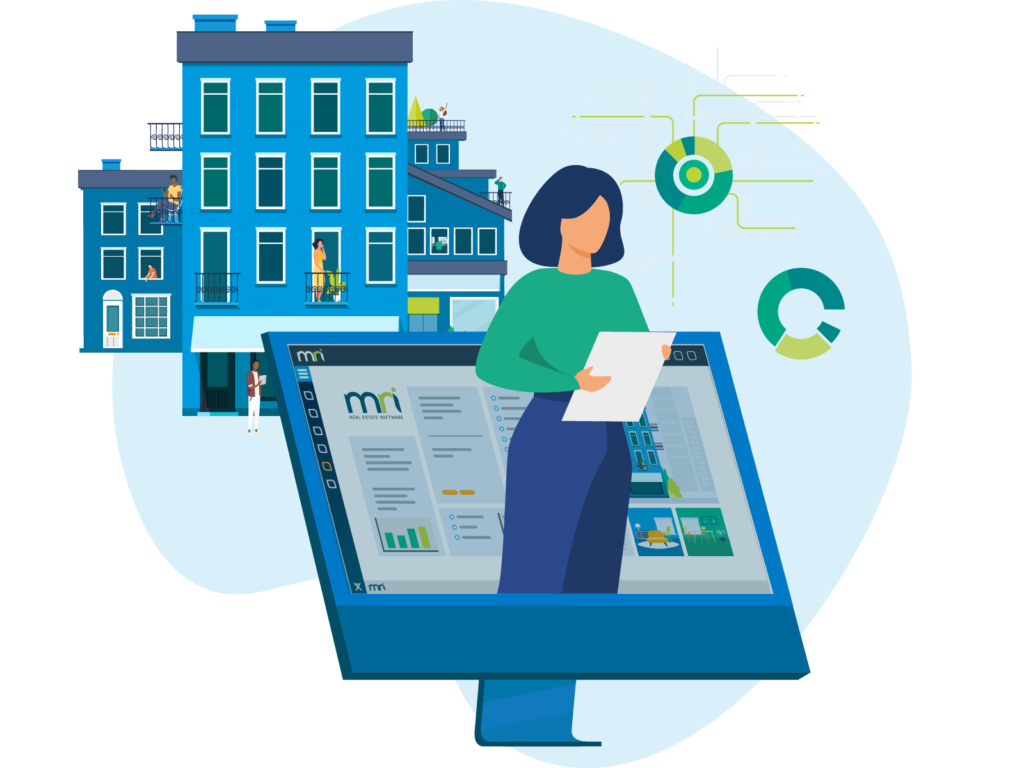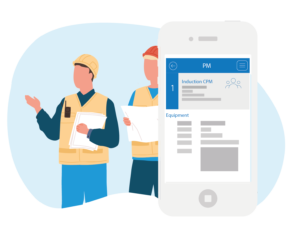How to build a successful preventative maintenance program
Preventative maintenance is a type of maintenance carried out on an asset or equipment to keep it operational and extend its longevity. Preventative maintenance is a proactive approach that involves regular, scheduled inspections, servicing, and repairs. Its purpose is to prevent potential problems before they arise, instead of reacting to issues after they occur.
Facilities Management software
Leading solutions for property occupiers, owners and service providers & contractors.
Get a demo
In the hustle and bustle of managing a property, preventative maintenance often takes a backseat. However, a well-planned preventative maintenance program is a game-changer. It not only prolongs the life of your assets but ensures a safer and more efficient operational environment.
In this guide, we look at how to implement a successful preventative maintenance program.
7 tips to implement a successful preventive maintenance program
Implementing a successful preventative maintenance program requires a well-thought-out approach. These tips will help you build a solid foundation and ensure that your property remains in top condition.
Here are the steps involved in implementing a successful preventive maintenance program that works:
1) Identify preventive maintenance systems
When beginning a preventive maintenance implementation, it’s important to remember to keep it simple. You’ll want to create a comprehensive list of your assets to identify maintenance frequency, cost of repair, and liability. This initial step lays the groundwork for a structured and organized maintenance program.
To do this, start by cataloging all equipment, machinery, and systems that require maintenance. For each asset, note down the manufacturer’s recommended maintenance schedule, the last maintenance date, and any upcoming maintenance requirements. It’s also beneficial to document the cost of previous repairs and replacements, as this data can provide insights into the lifecycle cost of each asset.
CMMS software can be a vital tool in this process. It helps in organizing all the information regarding your assets in a centralized digital platform. This software assists in scheduling preventive maintenance tasks and tracking the maintenance history and costs of each piece of equipment. With a CMMS, you can ensure that your preventive maintenance program is well-organized, easily accessible, and actionable.
2) Track your asset locations
Tracking the location of your assets is essential to a successful preventive maintenance program. Knowing precisely where each piece of equipment is located enables the timely execution of maintenance tasks. It ensures that no asset is overlooked, which is crucial for maintaining a safe and functional property.
CMMS software can streamline your asset location tracking. These systems allow you to log and update the locations of your assets digitally, creating a centralized database that can be accessed by the maintenance team.
3) Limit data collection for increased accuracy
Data collection is essential for making informed decisions when implementing a preventative maintenance program. However, collecting a vast amount of data can be overwhelming and counterproductive.
Focus on gathering only the essential data required for effective preventive maintenance. Essential data could include the condition of assets, the date of last maintenance, the cost of previous repairs, and the upcoming maintenance schedule. By streamlining the data collection process, you can enhance the accuracy of the data, making your preventive maintenance program more effective and easier to manage.
Having a defined set of data to collect also makes it easier to train staff on what information is required and how to collect it. It also enables the maintenance team to spend more time on actual maintenance tasks rather than on data collection and analysis.
4) Photograph all equipment
In addition to your written data, photographing equipment serves as the visual counterpart in your PM plan. Photographs provide a clear reference, help in identifying potential issues, and ensure that equipment is maintained in its original condition. This visual aid serves as a useful tool for the maintenance team.
The process of photographing equipment can be streamlined by creating a standardized procedure for taking and storing photographs. This could include guidelines on the angles from which photos should be taken, the lighting conditions, and the details that need to be visible in the photographs. By following a standardized procedure, you ensure consistency and clarity in the visual documentation of each piece of equipment.
5) Choose the right KPIs
Key Performance Indicators (KPIs) are crucial in measuring the success and efficiency of your preventive maintenance program. They provide quantifiable metrics which, when analyzed, offer insights into how well the maintenance strategies are performing.
Selecting the right facilities management KPIs ensures that you are on track to achieving your maintenance goals and improving the overall operational effectiveness and safety of your property. You can set KPIs for various maintenance tasks, such as scheduled work orders, downtime of equipment, and completion of jobs.
6) Utilize a standard naming convention
Utilizing a standard naming convention is essential in streamlining the organization and accessibility of information within a preventive maintenance program. When each asset, equipment, or system follows a consistent naming protocol, it simplifies the process of data retrieval and reduces the chances of miscommunication. This structured approach can significantly improve efficiency when managing numerous assets across various properties.
The process involves defining a straightforward naming system that is applied consistently across all documentation, digital systems, and communication within the maintenance team. A naming convention might include the type of equipment, its location, and a unique identifier. For example, Fire Extinguisher on the 3rd floor of Building 2: B2-F3-FIRE-002.
7) Provide proper team training
Proper training empowers your maintenance team to carry out their duties effectively. This ensures that the preventive maintenance program achieves its intended goals.
The initial training should cover the basics of the maintenance tasks, the use of maintenance tools and software, and the standard operating procedures. This foundational knowledge is critical for the successful implementation of the preventive maintenance program.
The maintenance field is continually evolving with new technologies, methods, and regulations. Continuous training is crucial to keep the team updated on the latest maintenance techniques, safety protocols, and industry best practices.
FAQs about successful preventive maintenance program
Facility Management Reinvented: Conquer Today’s Challenges with MRI Evolution
Discover how MRI Evolution is transforming facility management by addressing essential challenges from strategic and day-to-day perspectives. This on-demand webinar covers key areas and showcases solutions designed to help facility managers drive bet…

